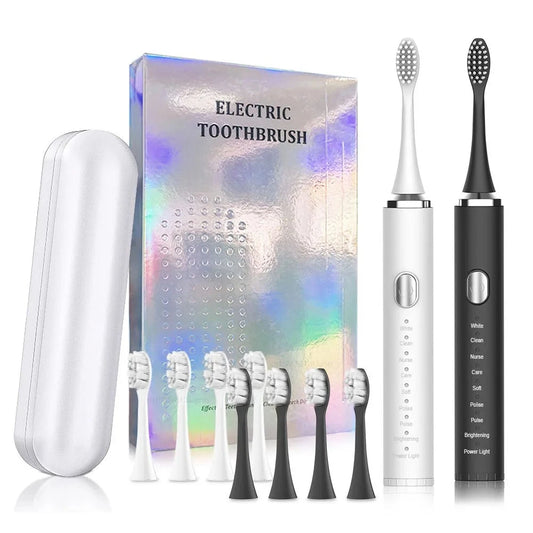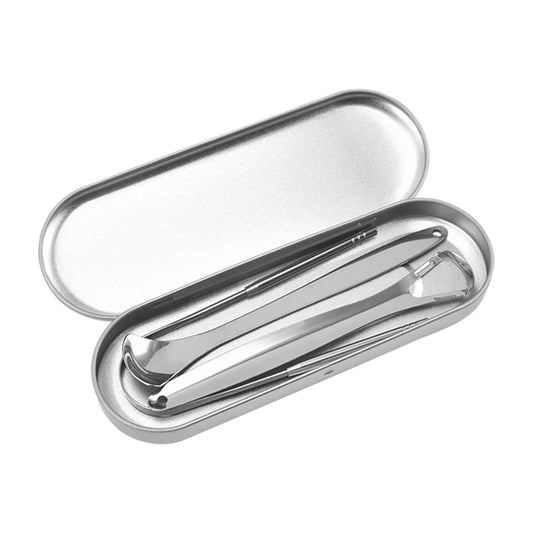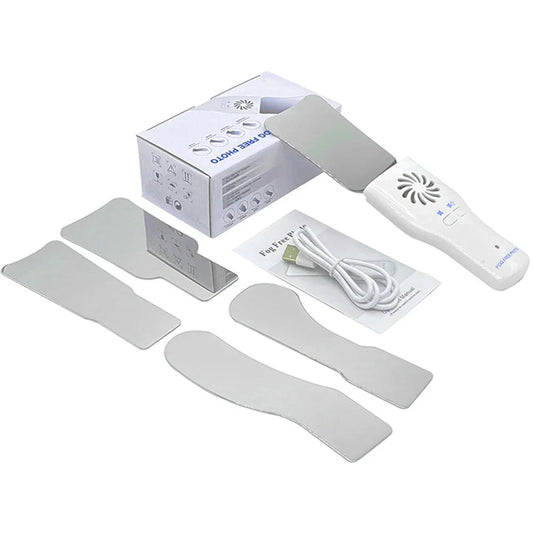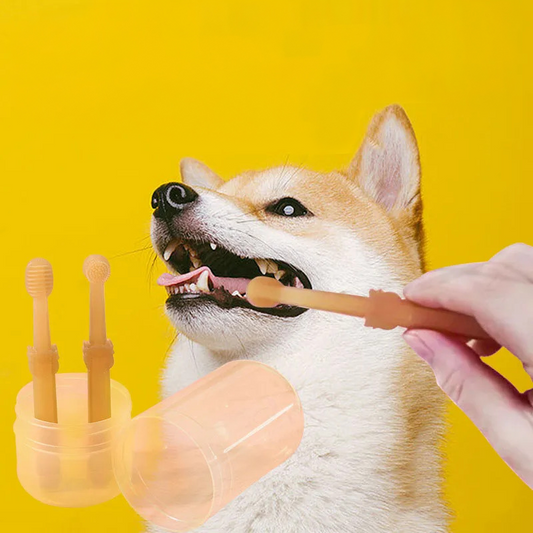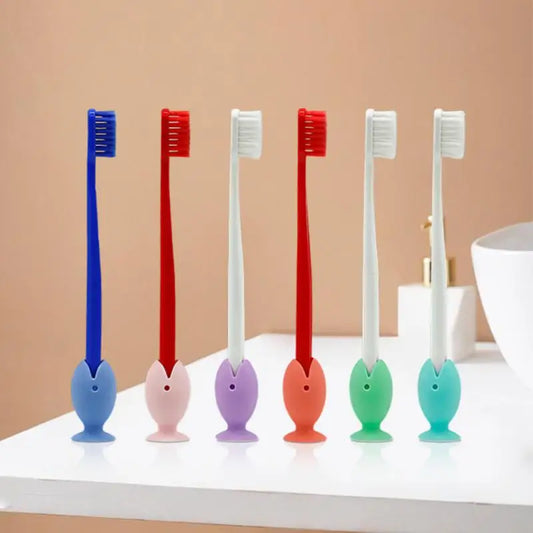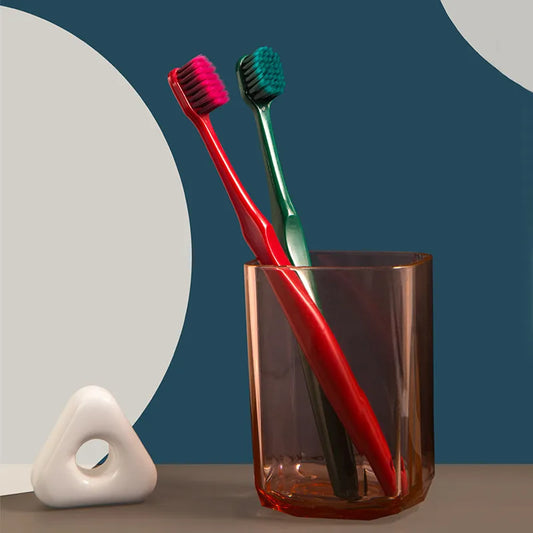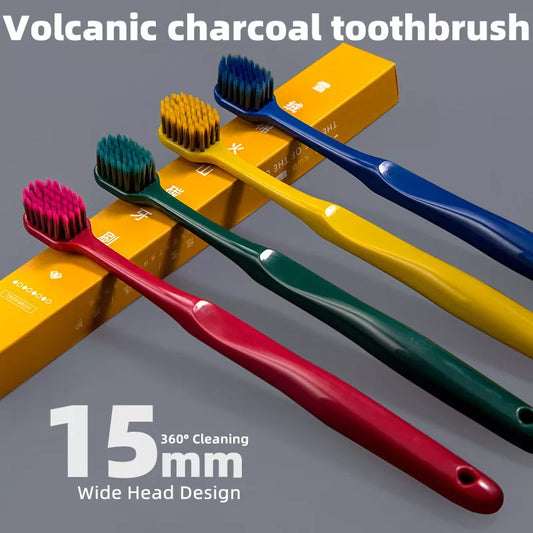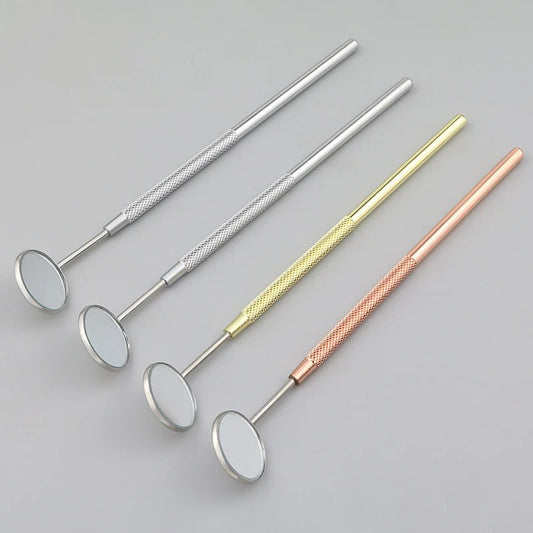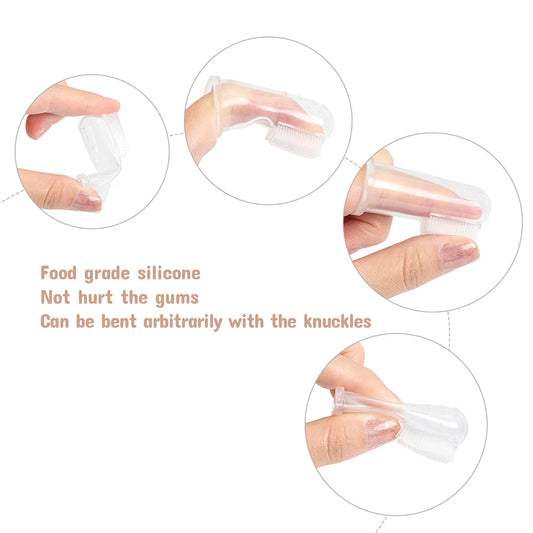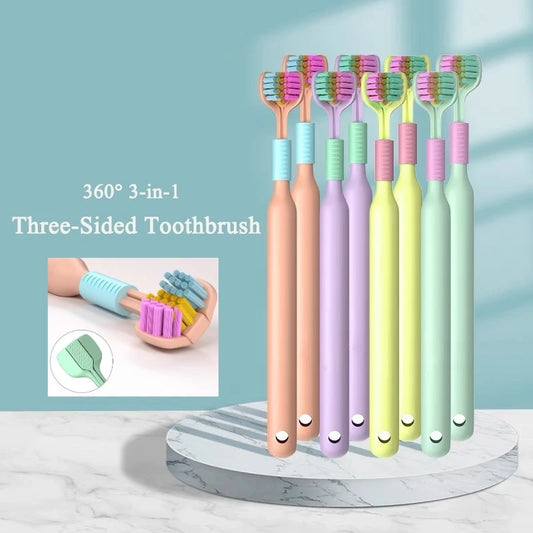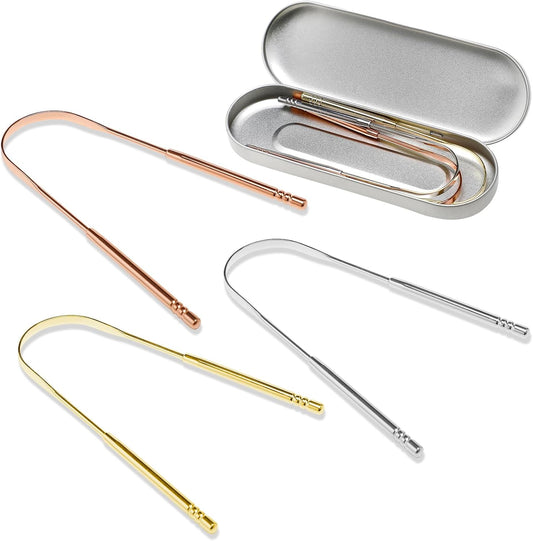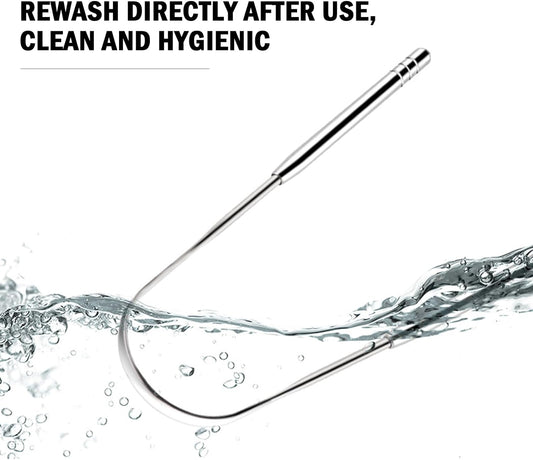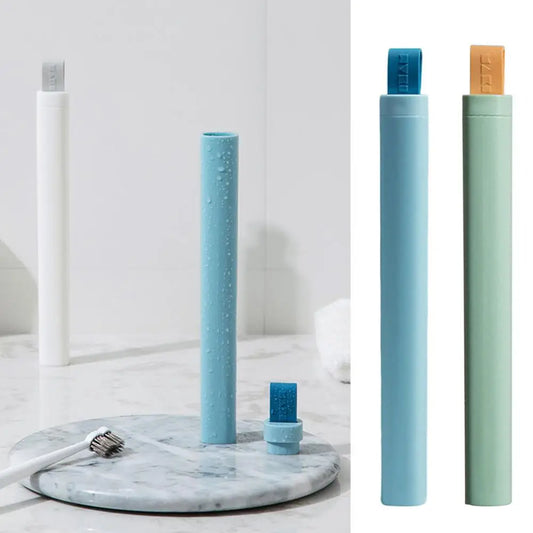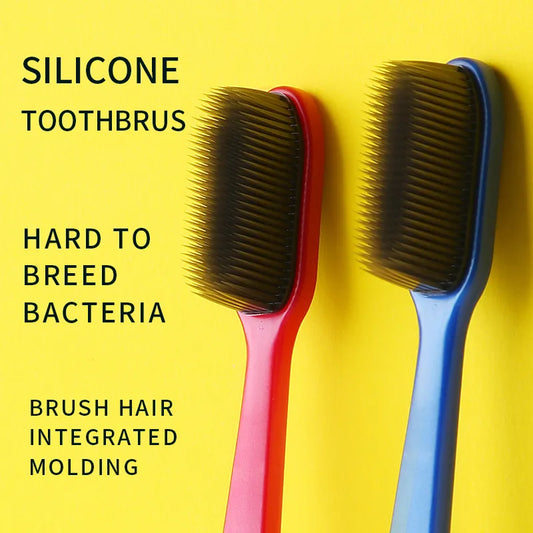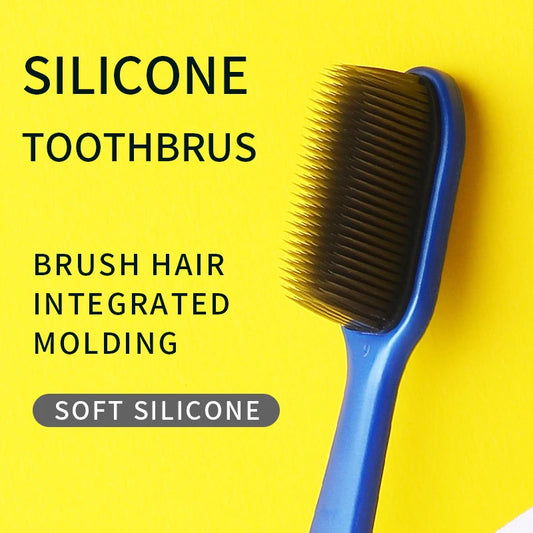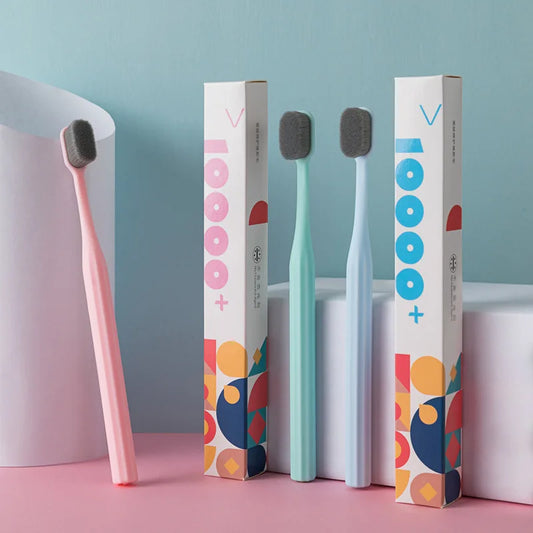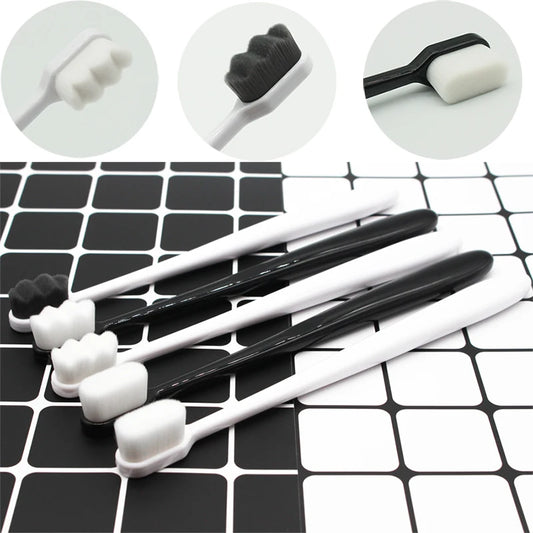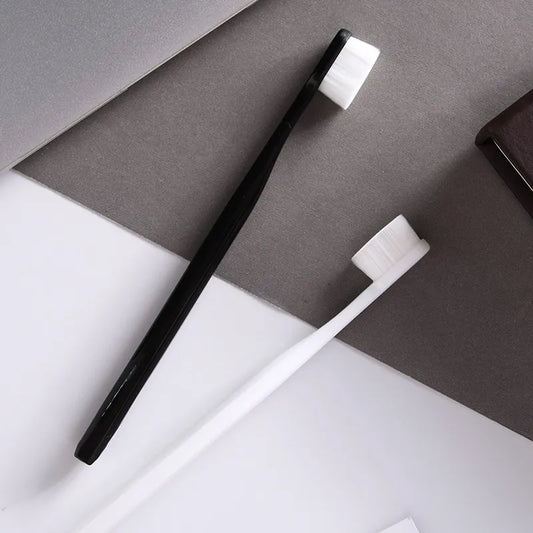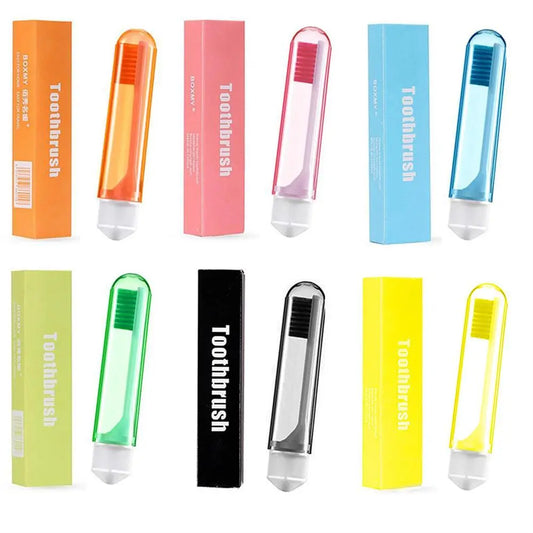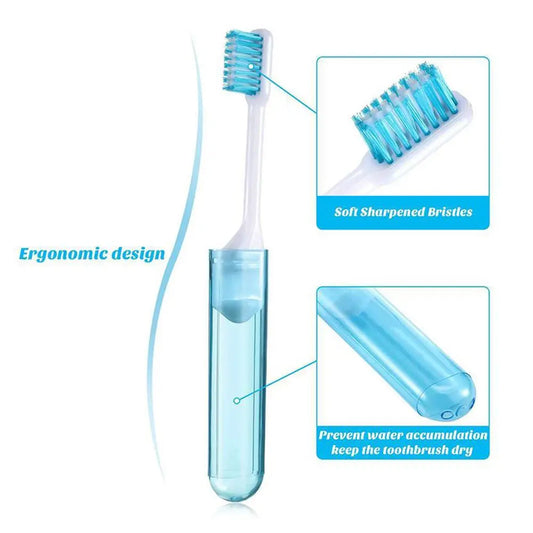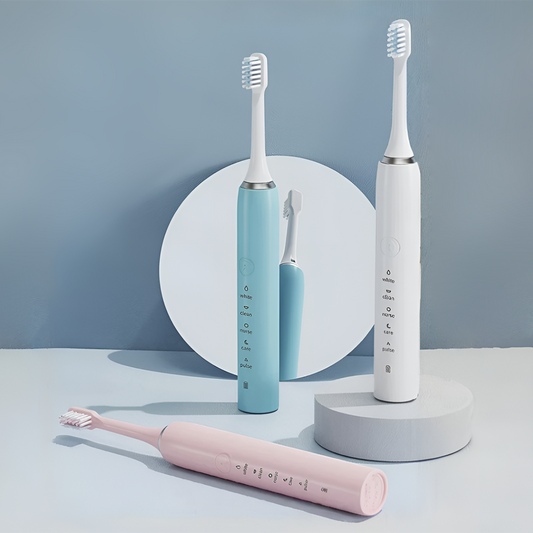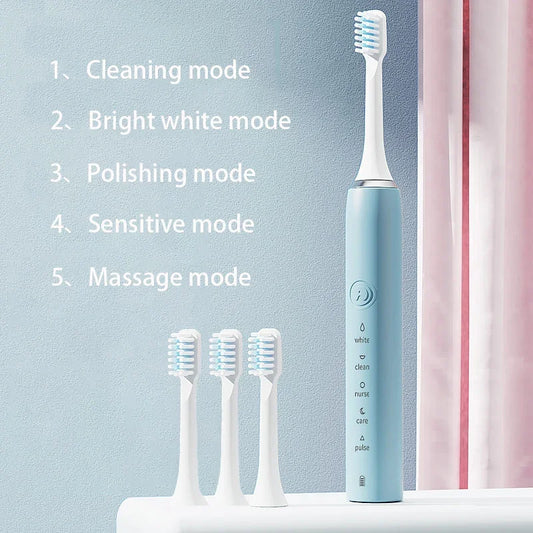A bright, white smile is often associated with confidence and good health. It’s no wonder teeth whitening has become one of the most popular cosmetic dental treatments worldwide. But with so many whitening products and DIY trends on the market, it’s important to know which methods are truly safe and effective. In this guide, we’ll explore how to whiten teeth safely with dentist-approved teeth whitening methods that protect your enamel while delivering real results.
Why Teeth Whitening Matters
Over time, teeth can become stained or discolored due to food, drinks, smoking, and even natural aging. Whitening treatments help remove or reduce stains, restoring a brighter smile. However, not all whitening solutions are created equal—some can damage enamel or irritate gums if not used correctly. That’s why choosing safe, dentist-approved whitening methods is essential for both results and long-term oral health.
Common Causes of Tooth Discoloration
- Foods and Drinks: Coffee, tea, red wine, and dark-colored foods can stain enamel over time.
- Tobacco Use: Smoking or chewing tobacco often leads to yellow or brown stains.
- Aging: Enamel naturally thins with age, revealing more of the yellow dentin beneath.
- Poor Oral Hygiene: Inadequate brushing and flossing can lead to plaque buildup and discoloration.
- Medications: Certain antibiotics and treatments may cause intrinsic tooth discoloration.
Dentist-Approved Teeth Whitening Methods
Here are the safest and most effective ways to whiten your teeth without harming enamel:
- Professional Whitening Treatments: In-office whitening performed by a dentist offers fast, reliable results. Dentists use stronger bleaching agents and advanced technology, while protecting your gums and enamel.
- Custom Whitening Trays: Dentists can provide custom-fitted trays and professional-grade whitening gel for at-home use. This ensures even whitening with minimal sensitivity.
- Whitening Toothpaste: Toothpaste with mild abrasives or low concentrations of peroxide can help remove surface stains with daily use. It’s a safe and gradual method for maintaining brightness.
- Over-the-Counter Whitening Strips: While not as strong as professional treatments, whitening strips can be effective if used according to instructions. Look for ADA-approved products for safety.
- Hydrogen Peroxide Rinses: Some mouth rinses contain safe levels of peroxide, which can help reduce surface stains when combined with regular brushing and flossing.
Methods to Avoid
Not all whitening methods are safe. Be cautious with DIY hacks or unregulated products that may cause more harm than good:
- Baking Soda & Lemon Juice: While popular online, the acidity can erode enamel.
- Charcoal Toothpaste: Can be abrasive, wearing down enamel over time.
- Excessive Use of Whitening Gels: Overusing peroxide products can lead to tooth sensitivity and gum irritation.
Tips for Maintaining a Bright Smile
- Brush and floss daily to prevent plaque buildup.
- Rinse with water after consuming coffee, tea, or wine.
- Use a straw when drinking acidic or staining beverages.
- Schedule regular dental cleanings to remove surface stains.
- Maintain a balanced diet rich in calcium to keep enamel strong.
When to Consult Your Dentist
If you have sensitive teeth, dental restorations (like crowns or fillings), or severe discoloration, consult your dentist before starting any whitening treatment. Professional guidance ensures the safest approach tailored to your needs.
Conclusion
Whitening your teeth doesn’t have to mean risking your enamel. By choosing dentist-approved teeth whitening methods such as professional treatments, whitening toothpaste, or safe over-the-counter options, you can achieve a brighter smile without damaging your teeth. Remember, the best results come from combining whitening with consistent oral hygiene and healthy lifestyle choices. Protect your smile and let it shine safely!


